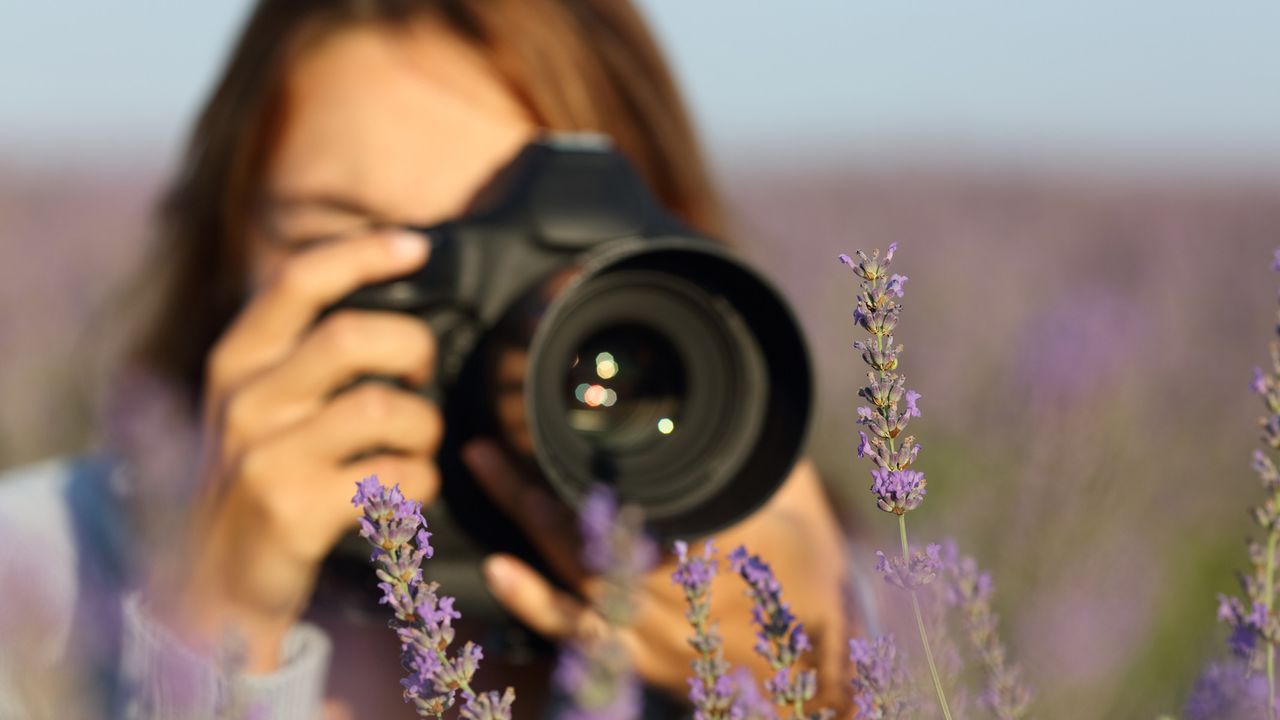Top Stories
Five Critical Macro Photography Mistakes Beginners Must Avoid NOW

URGENT UPDATE: Macro photography enthusiasts are being warned of five crucial mistakes that beginners frequently make, leading to disappointing results and missed opportunities. As more people take to capturing the intricate beauty of nature up close, understanding these pitfalls is essential for elevating your photography skills immediately.
As macro photography transforms ordinary objects into stunning visuals, the challenges can be daunting. New photographers often struggle with settings and techniques that can drastically affect image quality. Here’s what you need to know RIGHT NOW to enhance your macro shots.
1. Choosing the Wrong Aperture
New reports confirm that beginners often overlook the importance of aperture settings. Shooting wide open at f/2.8 can result in razor-thin depth of field, where only a sliver of the subject is in focus. Conversely, using a narrower aperture like f/22 can introduce diffraction, softening the image. The sweet spot is generally between f/8 and f/11, providing sufficient depth without sacrificing sharpness.
2. Ignoring Light Quality
Light management is critical in macro photography. Bright sunlight can create harsh shadows and blown highlights, while dim lighting may require slower shutter speeds, risking blur. Experts recommend using diffusers and reflectors, even makeshift ones like white card or kitchen foil, to control and soften light effectively.
3. Relying on Autofocus
Despite advancements in technology, autofocus systems often falter in macro settings. The shallow focus area can lead to missed details. Manual focus is essential to ensure that critical elements, like an insect’s eyes, are sharp. Utilizing live view and focus peaking allows you to pinpoint exactly where to focus, enhancing your shots dramatically.
4. Underestimating Camera Shake
Camera shake poses a significant challenge in macro photography. Even slight vibrations can blur images at high magnifications. A tripod is the most reliable solution, but if shooting handheld, use image stabilization and aim for faster shutter speeds. Employing burst mode can also increase the chances of capturing a sharp image.
5. Overlooking Background and Composition
While concentrating on your subject, it’s easy to neglect the background. A cluttered backdrop can detract from your subject’s impact. Pay attention to composition and background elements to create striking images. Experiment with angles and positions to find the most effective framing.
These mistakes are not just technical issues; they can lead to frustration and discouragement for budding photographers. By addressing these common pitfalls, you can dramatically improve your macro photography skills and enjoy the process more fully.
As macro photography gains popularity, following these guidelines will not only enhance your personal skills but also contribute to a thriving community of creatives sharing the beauty of the natural world. Stay informed and keep capturing those extraordinary details!
For more tips and tricks, share this article with fellow photography enthusiasts and help them avoid these common mistakes today!
-

 Top Stories1 week ago
Top Stories1 week agoMarc Buoniconti’s Legacy: 40 Years Later, Lives Transformed
-

 Sports3 weeks ago
Sports3 weeks agoSteve Kerr Supports Jonathan Kuminga After Ejection in Preseason Game
-

 Politics3 weeks ago
Politics3 weeks agoDallin H. Oaks Assumes Leadership of Latter-day Saints Church
-

 Science3 weeks ago
Science3 weeks agoChicago’s Viral ‘Rat Hole’ Likely Created by Squirrel, Study Reveals
-

 Business3 weeks ago
Business3 weeks agoTyler Technologies Set to Reveal Q3 2025 Earnings on October 22
-

 Lifestyle3 weeks ago
Lifestyle3 weeks agoKelsea Ballerini Launches ‘Burn the Baggage’ Candle with Ranger Station
-

 Entertainment3 weeks ago
Entertainment3 weeks agoZoe Saldana Advocates for James Cameron’s Avatar Documentary
-

 Lifestyle3 weeks ago
Lifestyle3 weeks agoDua Lipa Celebrates Passing GCSE Spanish During World Tour
-

 Health3 weeks ago
Health3 weeks agoRichard Feldman Urges Ban on Menthol in Cigarettes and Vapes
-

 Health3 weeks ago
Health3 weeks agoCommunity Unites for Seventh Annual Mental Health Awareness Walk
-

 World3 weeks ago
World3 weeks agoD’Angelo, Iconic R&B Singer, Dies at 51 After Cancer Battle
-

 Sports3 weeks ago
Sports3 weeks agoPatriots Dominate Picks as Raiders Fall in Season Opener









